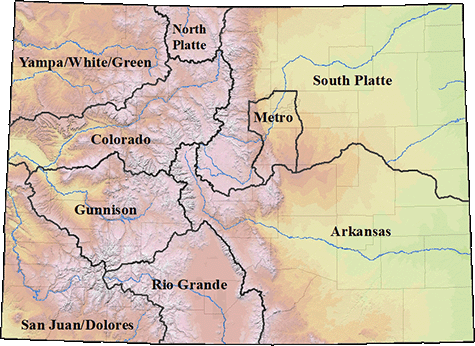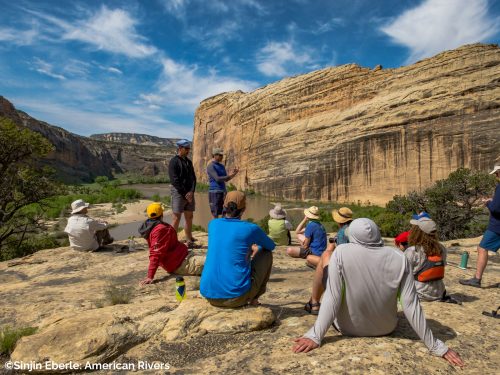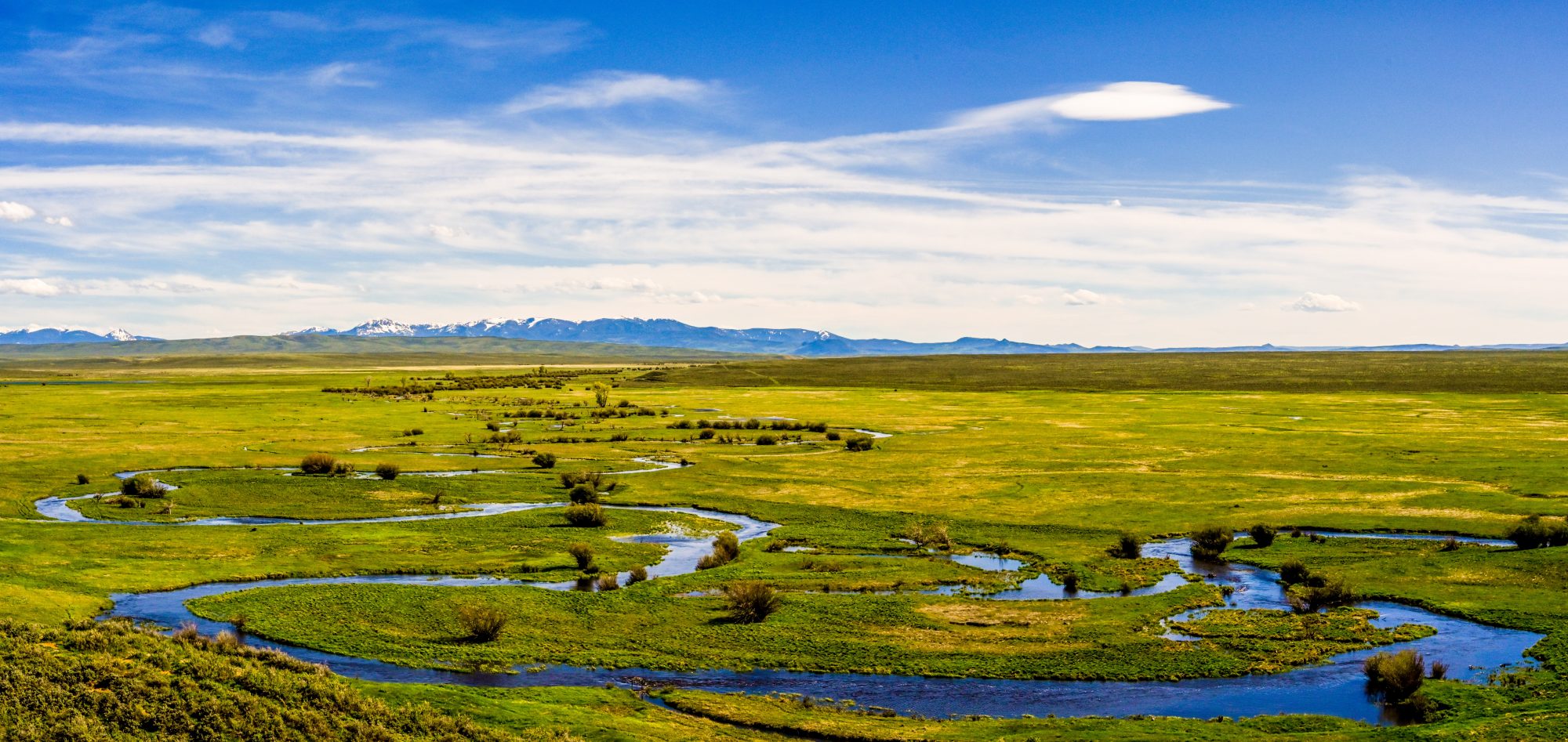Our rivers are the lifeblood of the American West, and we all know that river and water management are both fundamentally important and infinitely complex, governed through a dizzying network of boards and contracts, local entities and statewide groups, individual expertise, and communal understanding.
Known as the “Mother of Rivers,” Colorado’s water impacts everyone and everything. It’s important that Coloradans from across the state have their voices heard as decisions about our critical waterways are made.

Photo Credit: Russ Schnitzer
It’s especially important to engage right now. The Basin Implementation Plans (BIPs) — locally driven documents identifying goals and actions in each of Colorado’s nine river basins — are undergoing updates and will help inform the update of the state’s Water Plan, due to be final in late 2022. The public comment period for BIPs begins next week and represents a critically important opportunity to learn more, engage in local conversations, and help shape the content of these plans which inform how water is managed at a local level. Before the comment period begins, Water for Colorado has prepared this blog to help you and your community understand the world of river basins and roundtables, and how you can speak up to protect healthy rivers for all who depend on them.
Basins: In order to facilitate conversations around managing our water, Colorado developed nine unique Basins that encompass multiple rivers, natural or artificial boundaries, and watersheds. Each basin has its own governing body called a “basin roundtable” composed of local volunteers who plan and make decisions about how to manage precious water resources.
So why are there nine basins and basin roundtables? The concerns of the Arkansas Basin — from the San Luis Valley to the Eastern Plains, where agriculture reigns supreme — are different from the concerns of the Metro South Platte — where rapid growth and a booming population are key challenges — which are different from the concerns of the Colorado — where the conversations around America’s hardest working river are both intensely local and surprisingly broad. As such, having governing bodies familiar with the unique concerns and opportunities in each basin helps ensure that the management within each basin is driven by locals. This process allows for decisions to be discussed and decided by locals who deeply engage with the rivers that support our environment, economies, and Colorado way of life.
You can check out a map below to determine your river basin; and engage with the graphics at the bottom of this post to learn more about how each basin’s economy is impacted by the recreation in the area.

Courtesy of the Colorado Department of Natural Resources
Basin Roundtable: The basin roundtables were developed by the Colorado Water Conservation Board in 2005 to “facilitate discussions on water management issues and encourage locally driven collaborative solutions” (CWCB Basin Roundtables). These roundtables are composed of local volunteer members who represent a variety of interests including basin agriculture, environment,and recreation. Each basin has its own bank account and funds local projects. Monthly meetings are open to the public, and are where funding and other strategic decisions are made. This means you, and others who care about water conservation can participate and help influence the decision making process. Better yet, you can join these meetings virtually from the comfort of your home.
Basin Implementation Plan: Basin Implementation Plans (BIPs) are developed by basin roundtables to help frame regional issues as part of the overall creation of Colorado’s statewide water plan. While the Colorado Water Plan seeks to address statewide water concerns, BIPs are more focused on local needs, plans, projects, and goals. The BIPs are developed by basin roundtable members with support from the community and ultimately help inform the statewide water plan as well as direct spending priorities for the Roundtables.

Photo Credit: Sinjin Eberle
Colorado Water Plan: In 2015, then-governor John Hickenlooper ordered the creation of a plan to help coordinate and manage Colorado water. That moment was the impetus for our nine partner organizations to come together to form the Water for Colorado Coalition. The Water Plan was written and developed by the Colorado Water Conservation Board with support from stakeholders, interest groups, and the general public, who submitted 30,000 comments (which Water for Colorado played a major role in gathering) to inform the plan. The core values of the plan are designed to support a productive economy, create efficient water infrastructure, and protect the state’s diverse ecosystems. Colorado’s Water Plan remains a living piece of guidance that undergoes regular updates, the next of which is coming up in June 2022 — and is therefore already underway.
Local engagement: Here’s where you come in!
The first step toward responsibly managing water is working to ensure the public helps shape these plans. Members of the public need to speak up ensuring environmental concerns are addressed in the BIP updates. There’s no one better suited to inform local planning than people like you, who live, work, and recreate in the basins and understand the critical role that water and healthy rivers play in our economy, environment, and everyday lives. In the coming weeks, Water for Colorado will share opportunities for you to engage in the update process for the Basin Implementation Plans during the public comment phase that runs from October 13 through November 15. This is a critical opportunity for you to make your voice heard! Until then, we hope that you share this blog with members of your community to help all Coloradans understand the role they can play in supporting Colorado’s rivers and water!
Scroll through the basin slides below to learn more about each river basin!








